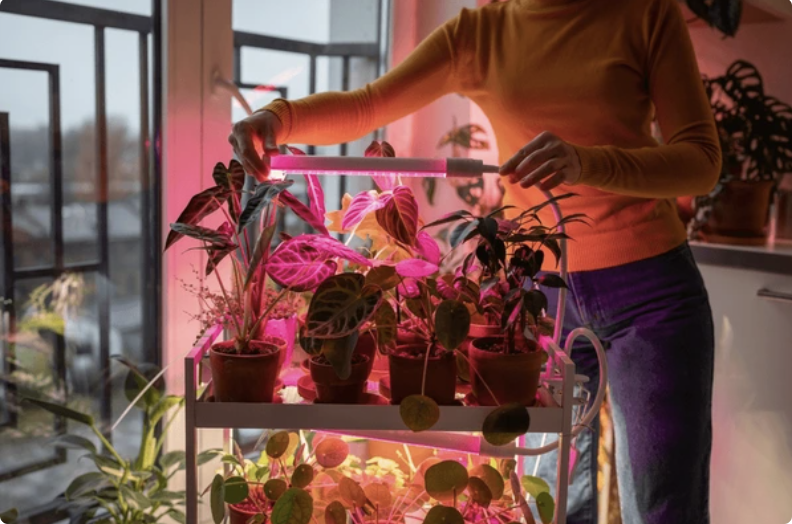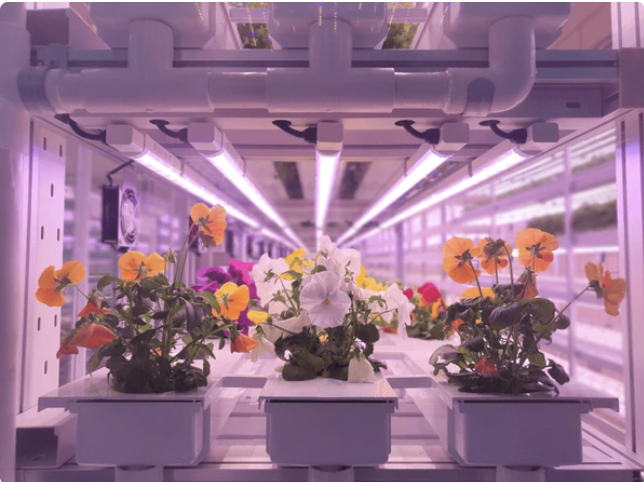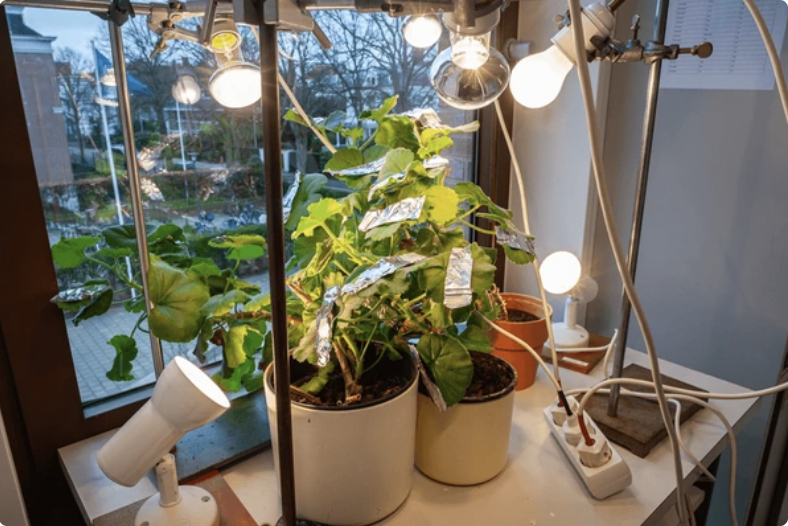| Artificial photosynthesis aims to replicate the natural process by which plants convert sunlight, carbon dioxide, and water into energy and oxygen. This technology seeks to use solar energy to drive chemical reactions that either split water into hydrogen and oxygen or convert carbon dioxide into useful compounds. The resulting hydrogen can be used as a clean fuel, while capturing carbon dioxide helps mitigate climate change. |  |
 |
 |
| One of the key components of artificial photosynthesis involves using catalysts to facilitate the chemical reactions. Researchers are developing various types of catalysts, including those made from abundant and non-toxic materials, to improve efficiency and reduce costs. The catalysts help to break down water into hydrogen and oxygen, a process that can then be coupled with other reactions to store the hydrogen as a fuel or integrate it into energy systems. Another approach focuses on converting carbon dioxide into useful chemicals or fuels, thereby addressing both energy production and carbon capture in one system. |  |
 |
Despite its promise, artificial photosynthesis faces several challenges before it can be widely adopted. These include improving the efficiency and stability of the catalysts, scaling up the technology for industrial use, and reducing costs to make it competitive with existing energy sources. However, ongoing research and advancements in materials science and chemical engineering are steadily overcoming these obstacles. If successful, artificial photosynthesis could become a cornerstone of a sustainable energy future, providing a clean and renewable alternative to fossil fuels while also contributing to environm ental conservation. Moreover, the integration of artificial photosynthesis into existing energy infrastructure and its potential synergy with other renewable technologies could further accelerate the transition to a low-carbon economy. |